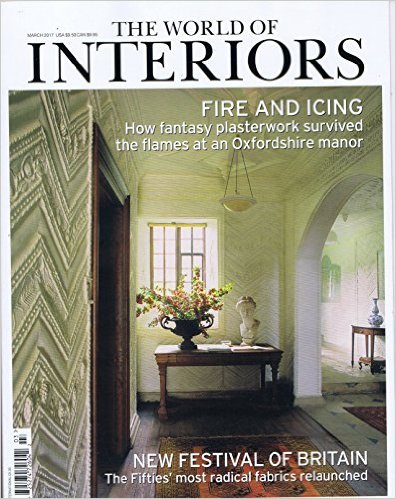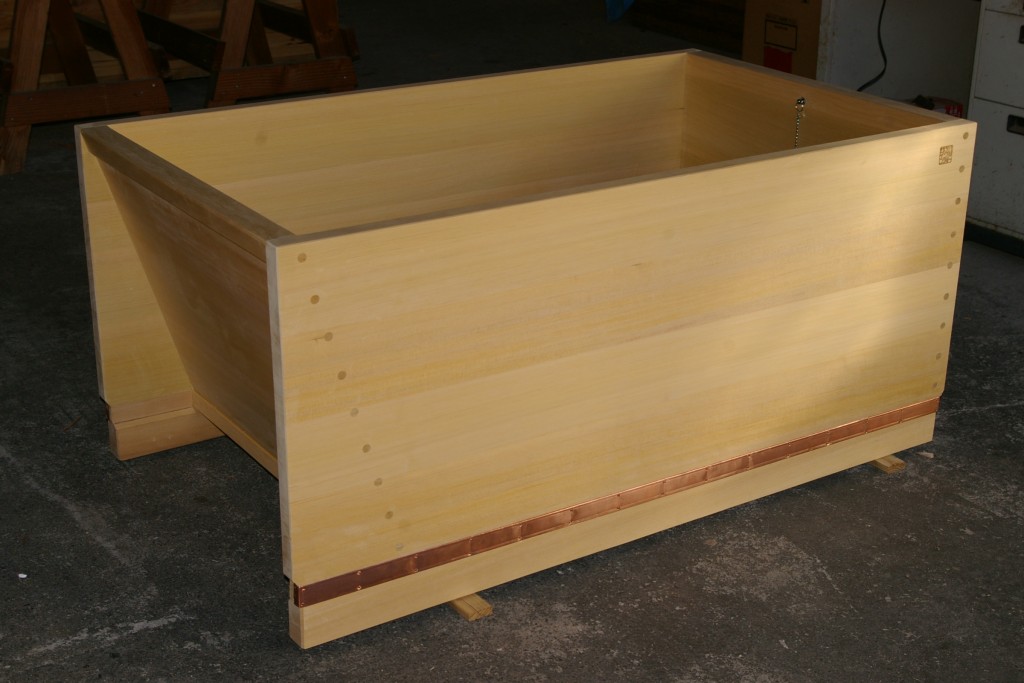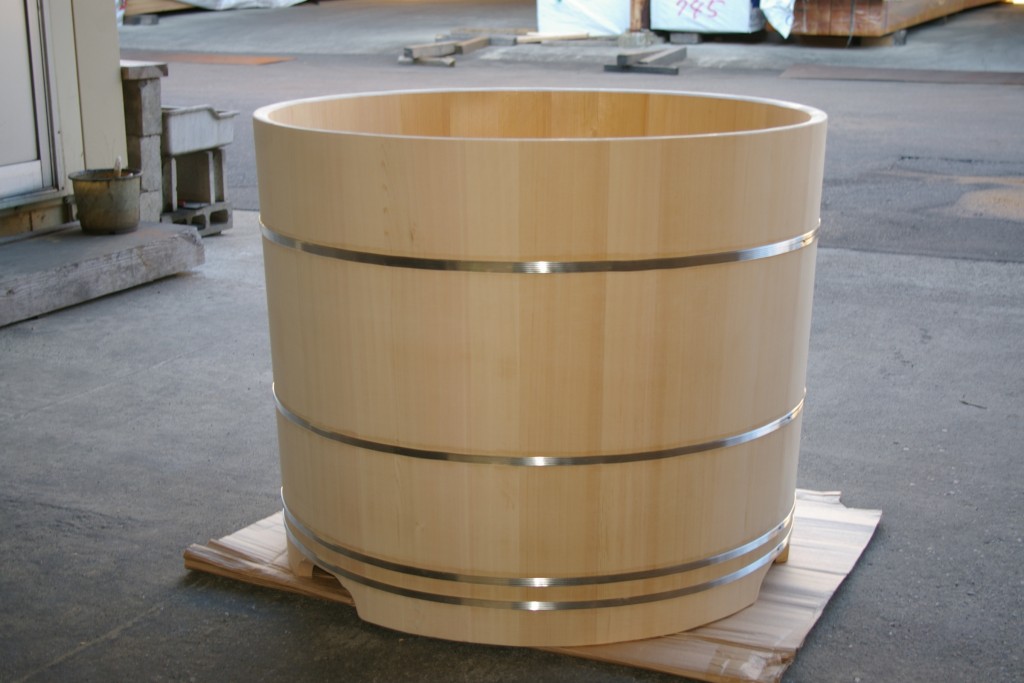World of Interiors debut!

A short story about the Bartok design ofuros was published on the march issue of the famous british magazine “the World of interiors”!
Well, it is a little embarassing…but I did not see it yet. The issue was released on 2/12 but in Japan it was quickly sold out and is unavailable in the newstands or on amazon at the moment. I asked the editor to send me a copy but I cannot wait to see it!
Anybody has a copy? Please share!
2017.3.17 update:
I could obtain a copy. Please find below the referral to our tubs (on page 156)
(more…)



 Click on more to see more pictures and updates (->about the the round cover)
Click on more to see more pictures and updates (->about the the round cover)